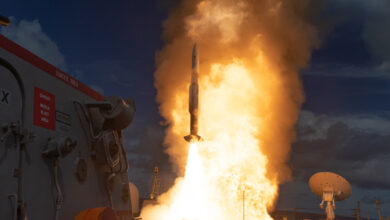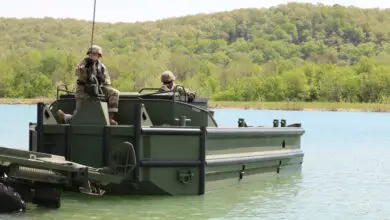US Marine Corps Awards Curtiss-Wright Expeditionary Satellite Contract
Curtiss-Wright has received a follow-on contract to deliver network equipment for the US Marine Corps Wideband Satellite-Expeditionary (MCWS-X) program.
The MCWS-X is developing a man-portable, multiband, high-frequency, multi-waveform satellite that secures “warfighter resiliency and agility in the field.”
Under the agreement, the company will supply a small form-factor network router and switch modules for the program.
The parts will support the modular open systems deployed baseband system integrated into the MCWS-X satellite.
The products will be delivered from the firm’s Defense Solutions facility in Portland, Oregon.
“As a leading supplier of tactical battlefield communications solutions, we are very proud to provide the Marine Corps with our proven field-deployable network communications technology to support the MCWS-X program,” Curtiss-Wright CEO and Chairperson Lynn Bamford stated.
“As a leading supplier of tactical battlefield communications solutions, we are very proud to provide the Marine Corps with our proven field-deployable network communications technology to support the MCWS-X program.”
Shorter Kill Chain
According to the US Marine Corps (USMC), the MCWS-X satellite lessens risks for its soldiers while maintaining lethality on modern battlefields.
“Thanks to this new capability, Marines can shoot, move, and communicate a lot faster than before,” USMC Satellite Communications Manager Frank Mello explained during an MCWS-X demonstration in January.

The terminal is designed to be transported and operated by a single marine. Deployment takes less than 15 minutes, providing rapid and secure connections with different satcom frequencies at a high throughput rate.
“Speed certainly increases lethality, but it also ties back to Force Design 2030’s stated goals by empowering small units of Marines to successfully conduct missions quickly and effectively,” USMC Systems Command’s Lt. Col. Wynndee Young added.
“In practical terms, MCWS-X shortens the kill chain for Expeditionary Advanced Base Operations. That’s Force Design 2030.”












